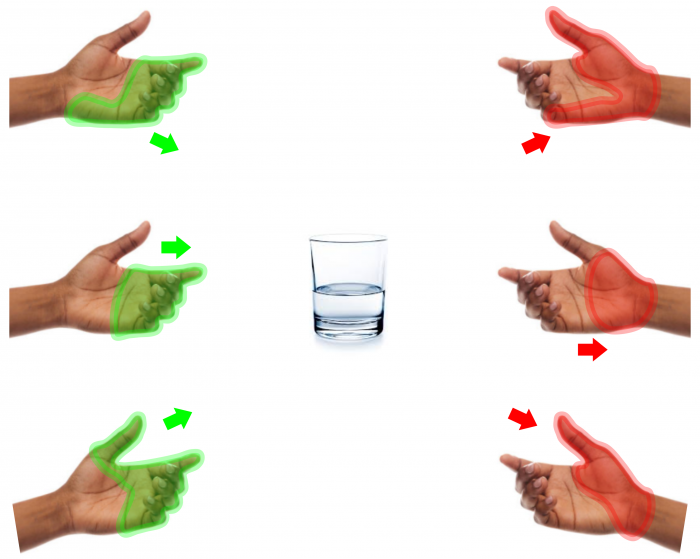The Body’s Responses: Difference between revisions
SadanYagci (talk | contribs) (Created page with "::''{{large|You can find them anywhere.}}'' {{Float box| {{Colored box|title=Questions This Answers|content= *Do I need to use my hands? My hands are so busy. *How about my...") |
(No difference)
|
Revision as of 08:02, 9 August 2021
- You can find them anywhere.
|
Questions This Answers
|
A Handy Recap
Responses in your hands tend to be the most versatile, however there are many situations in which another body part might be more convenient to use to get information from your body. Different body parts might also feel more natural for different queries. This is especially the case if the body part you are querying with is directly involved in physically performing the intended action.
To get a response to a query from your hand, attend to your hand and intend to perform an action. A positive action-directing sensation in your hand moves towards performing the intended action, while a negative sensation moves away from the intended action. For actions that have no direction, this tends to be in front of you or behind you, respectively.

